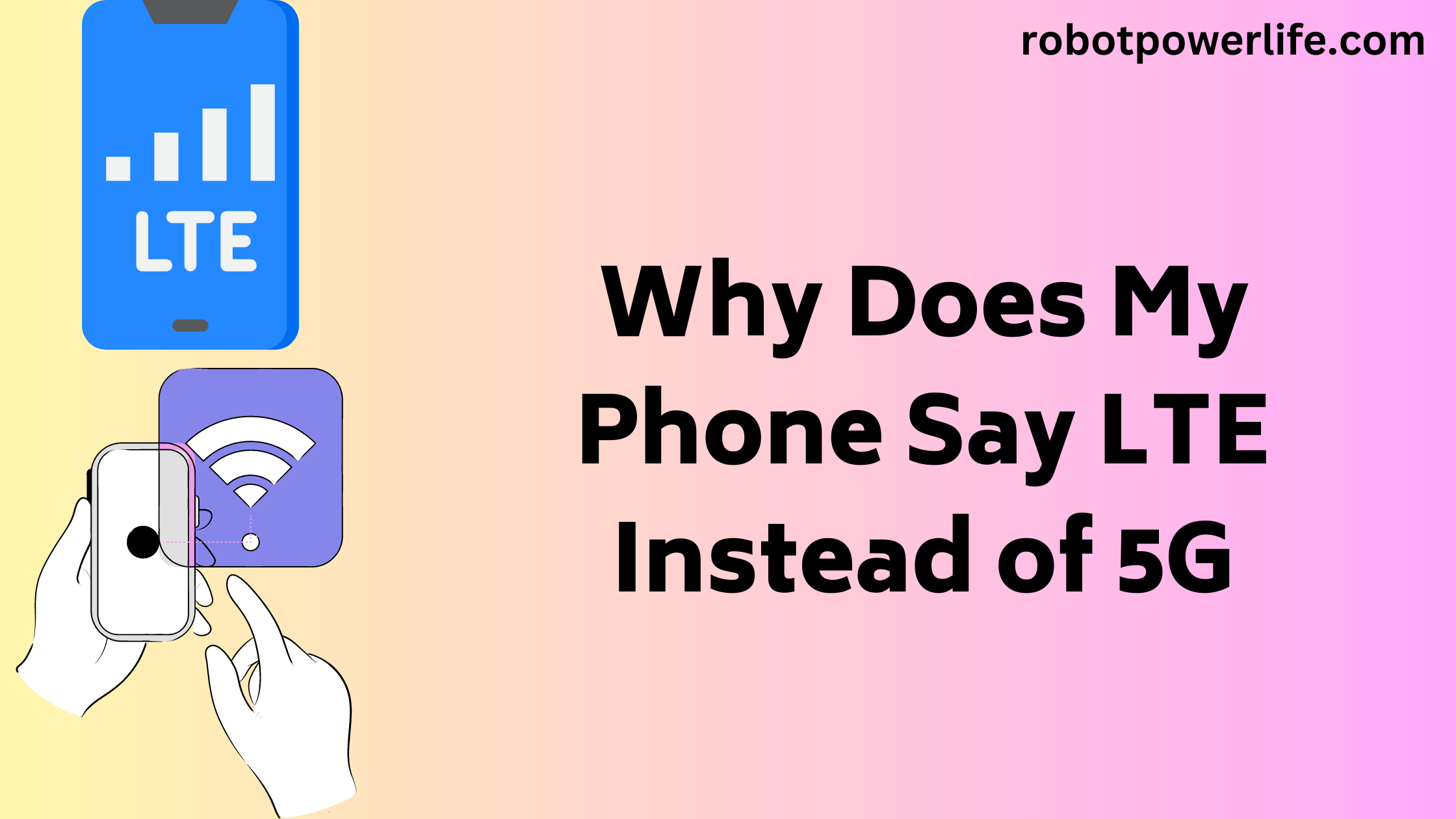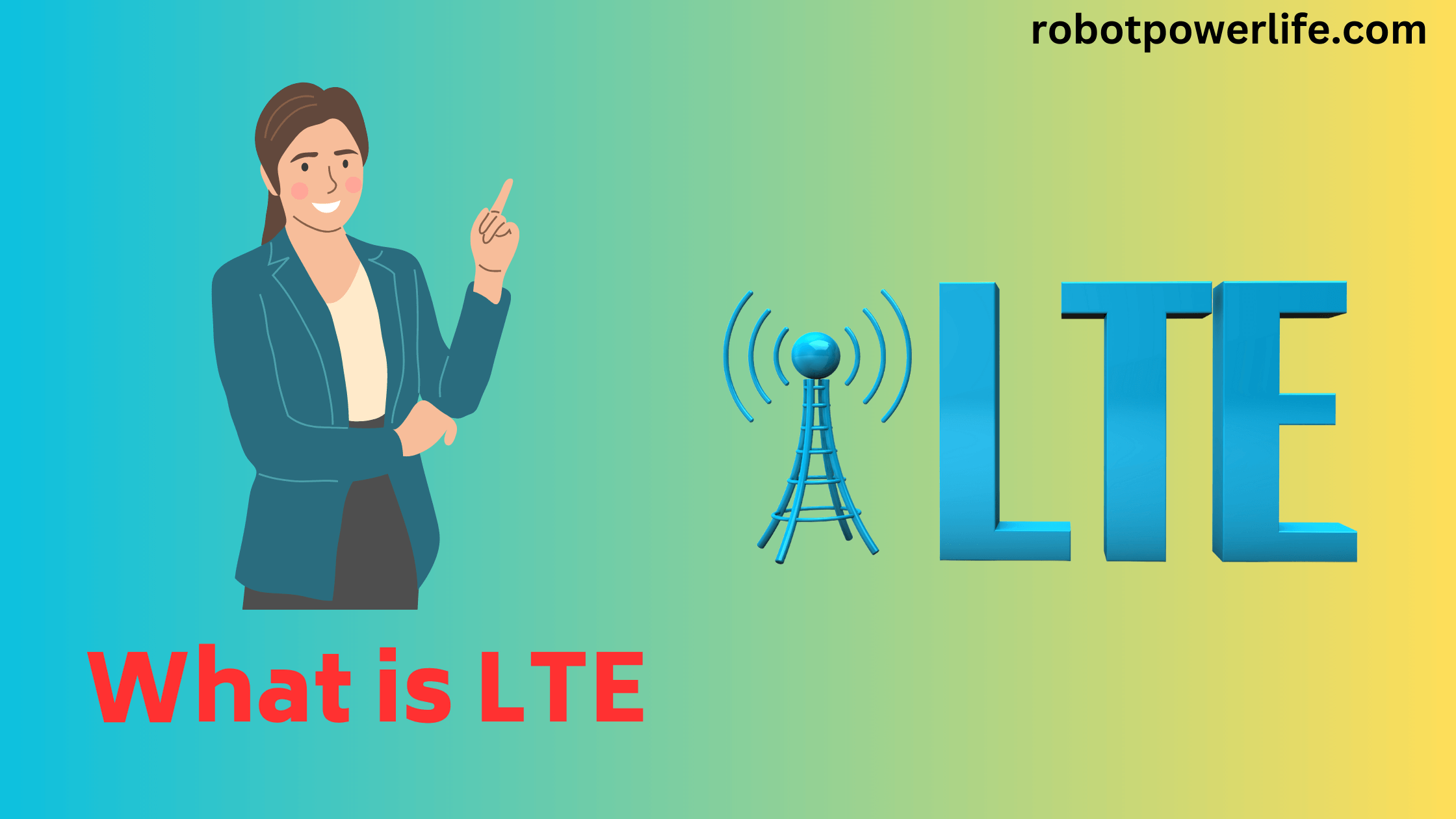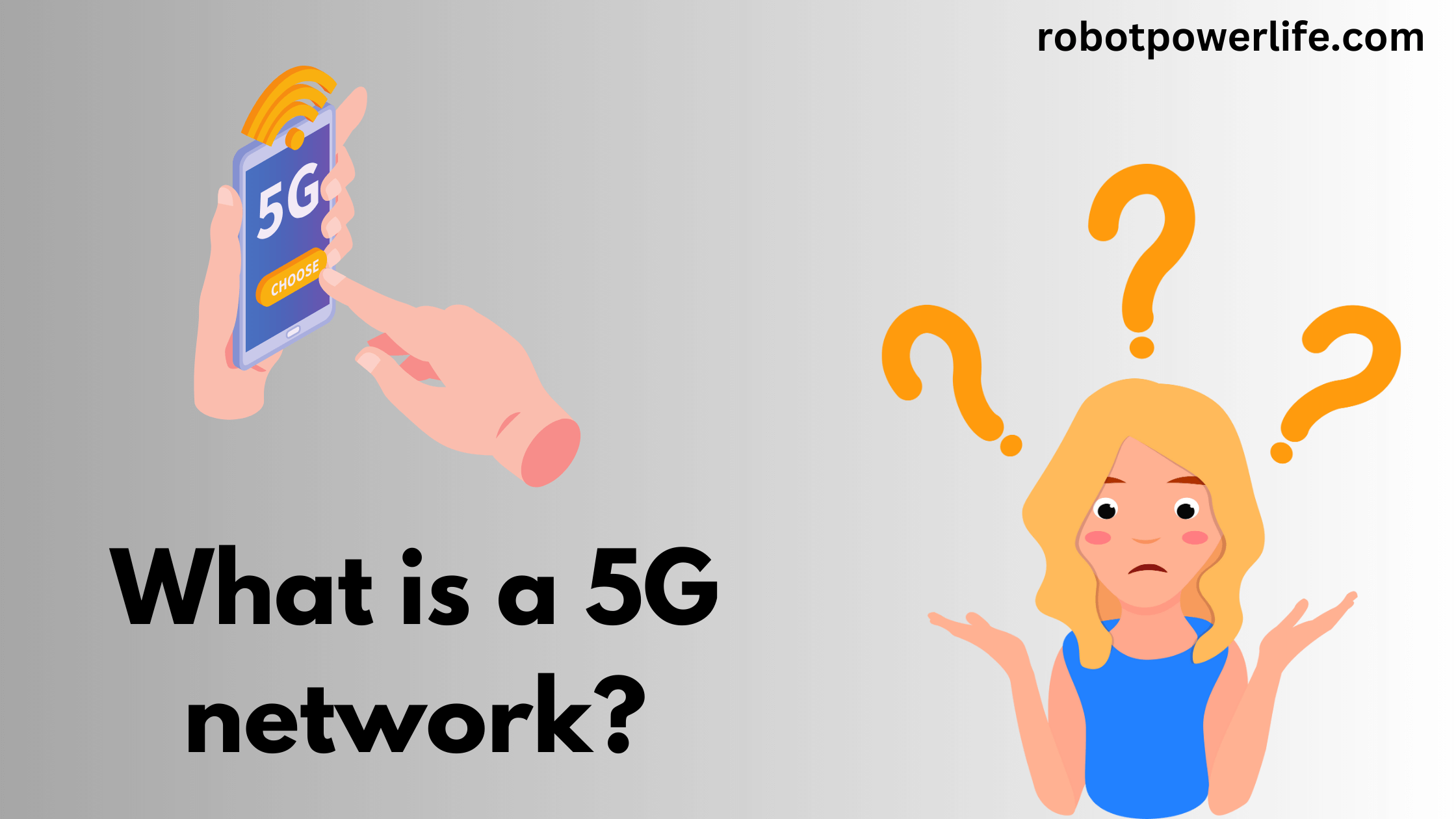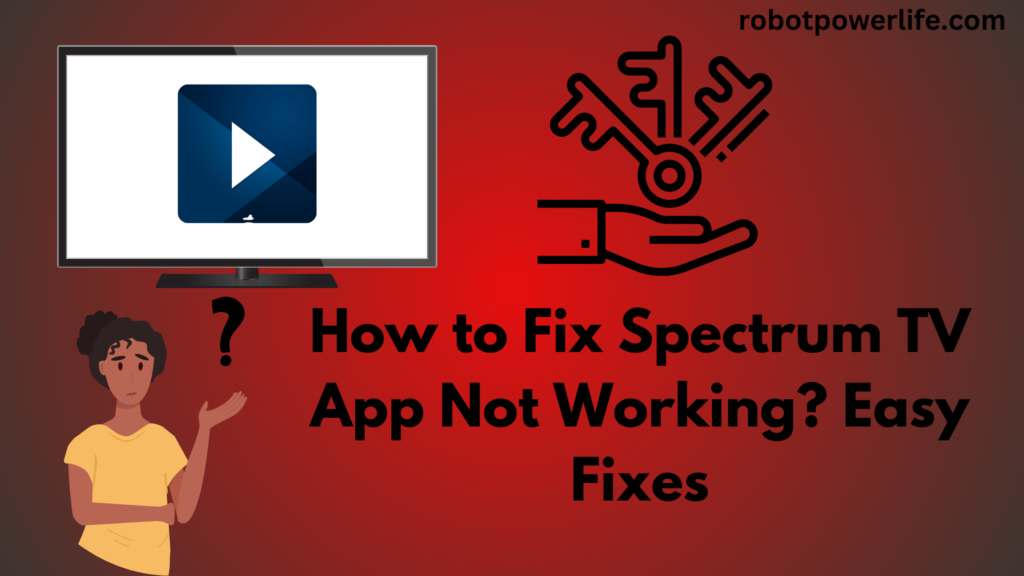Since becoming mainstream in the early 1995s, there have been great advances in phones and wireless networks that make them possible. All those systems recognize a vast vocabulary to describe it. This can confuse users as to which phone uses which technology. Why does my phone say LTE instead of 5G? We have explained in detail the reason for this issue and the ways to correct it in this post.
A typical query many smartphone owners request is why their phones display the LTE logo instead of the 5G logo or always next to their sign indicators. We have explained in detail the reason for this problem and the ways to fix it in this post. Which will help you to solve them.
The Phone Displays Lte Instead of 5G:
There are many causes why a cellular phone says LTE instead of 5G. The phone does not connect to the 5G network, and the second is that the 5G network is not known, and the phone is attached to the LTE network as a fallback. The phone has a technical limitation, which can only be corrected by buying a new, more modern one. This means that your specific cell phone company does not provide.
LTE Means:
LTE stands for Long Term Evolution. In cellular phones, it is a broad term that describes various advanced versions of cellular networks. This is not a 4G network as it is supposed to be though, where things can get a bit confusing. Depending on your specific cellular provider and what year of year you’re talking about, the term LTE can mean a few various things.
Its sources date back to 2007 when the International Telecommunication Union published the rather official 4G standard. At that time a cellular network had to be qualified for download speeds of up to 99 Mbps to train as a 4G network. Most US cellular carriers have made modest advances in 3G networks and have taken the opportunity to label them as 4G.
The problem is, the carrier didn’t have a network that was qualified for true 4G data throughput. That’s when the term LTE first occurred. It stood for Long-Term Evolution as it described the upgrade path that cellular webs took from upgraded 3G to true 4G capabilities.
At the end of the year, phone networks labeled LTE provide anywhere between 3Mbps download speeds and the de facto 4G standard of 100Mbps download speeds. When you see the name LTE on your phone, it means that you are connected to those network types.
If you have a phone with features like LTE+ or LTE-A, then good thing. This indicates that the phone is linked to a network that is capable of true 4G throughput.
What is a 5G network?
It is easy to understand the term 5G it is a network. This indicates that this is the fifth major phone web upgrade since the original. The main carriers are doing their best not to spoil it by promoting services that aren’t 5G. As a technology, 5G networks are more elaborate than their predecessors.
There is no simple download speed name that can be used to define it. The speeds available on 5G networks depend on which frequency the phone uses to connect. This happens because 5G relies on three different frequency bands to provide network coverage.
There is an ultra-high frequency group called a millimeter wave. It provides download speeds of 1Gbps or more for phone devices. These signals do not travel very far and may have difficulty passing through other obstructions. Even if it does, it indicates that phones are unlikely to use this type of assistance very often.
The frequency band can be a low band, equal to existing 4G networks. They are great at covering long distances and providing solid signal strength through obstructions. The technology that causes it to operate is more well-known and will deliver rates for low-band 5G phones that outperform 4G networks.
The frequency band falls right in the middle of the previous two techniques. This indicates that it also provides a combination of the abilities of the other two bands. Mid-band 5G covers spaces well and avoids obstacles well. It offers speeds of around 450 Mbps, which makes it four times faster than any 4G network.
The Phone Does Not Have LTE And 5G:
If you have a phone that displays the LTE symbol or any variant, it may be related to an LTE network. If the phone is from before 2019, it certainly lacks the cellular radio needed to connect to 5G networks. Phones with 5G-capable radios did not hit the market until 2019 and were not widely known to the people until later that year.
There is no other way to upgrade an old phone to connect to the new 5G network. If the phone can’t support it, it is necessary to upgrade to a new phone. If so, it’s worth checking the new phone’s qualifications to see if it includes a 5G radio. The phone is capable of using 5G networks but it’s displaying the LTE symbol anyway, so there’s a different problem. That is not a problem.
Meaning the phone is not getting a 5G signal, or has determined that the 4G network provides a more stable connection. Many phone carriers haven’t finished building 5G networks. Therefore, the phone continues to use the LTE network as a fallback when required.
This only happens one time, so it’s nothing to worry about. This means that 5G coverage is not yet complete in that area. If a 5G-enabled phone never connects to a 5G network, it could be a sign that there’s a problem with the phone. Choose a phone carrier that offers substandard 5G service.
Difference Between 4G/LTE And 5G
You might have a difficult time telling the difference between individual 4G LTE and the new 5G networks. The main reason is download speed. Phones connected to LTE networks in the US may see download speeds between 65 Mbps depending on the carrier. Most 5G customers won’t notice any progress.
This is especially true for customers of Verizon and AT&T 5G phones. Customers now see download speeds between 65 Mbps. T-Mobile users may notice a big difference, with the network offering 5G users an average of 190 Mbps download speeds.
Takeaway
Let us now know what is the difference between LTE and 5G phone networks and what those symbols indicate on the phone. Also, understand that right currently the differences between the two are mostly immaterial. It’s always changing.
As carriers improve 5G coverage, more cells are able to support millimeter wave frequencies. 5G users see huge progress over LTE networks. So don’t ignore the problem for long in 5G phones that insist on LTE usage. If the phone doesn’t use a 5G network, consider upgrading.
Conclusion
Since becoming mainstream in the early 1995s, there have been great advances in phones and wireless networks that make them possible. All those systems recognize a vast vocabulary to describe it. This can confuse users as to which phone uses which technology. Why does my phone say LTE instead of 5G? We have explained in detail in the post above the reason for this issue and the ways to correct it.
Like this post? Could you share it with your friends?
Suggested Read –
- Epix Com Devices Activate
- Toshiba Fire TV Remote Not Working
- How to Get Roku App on LG Smart TV
- Why Does Netflix Keep Kicking Me Out
- How to Fix Samsung TV Blinking Red Light
- Paramount Plus Not Working on Samsung TV




